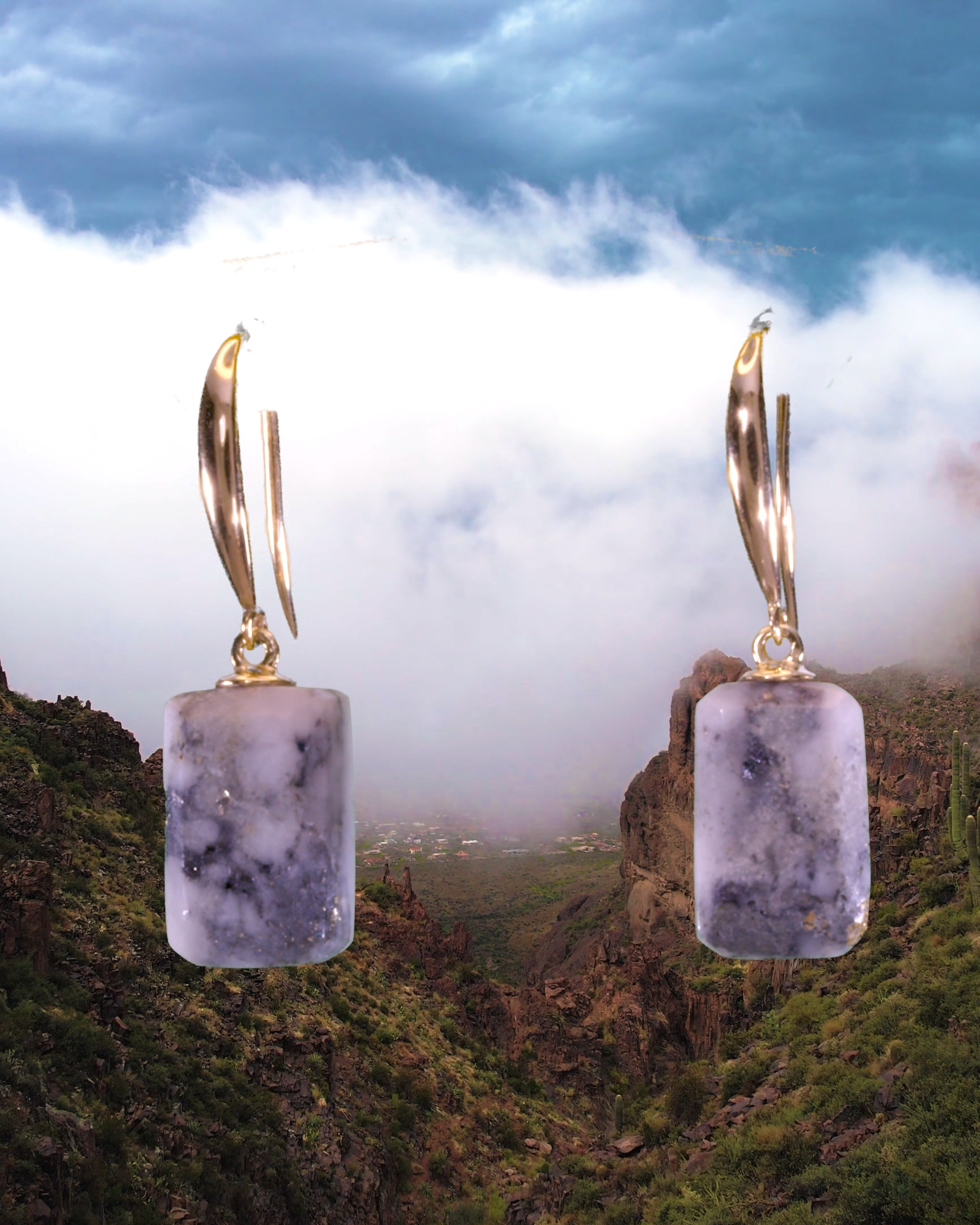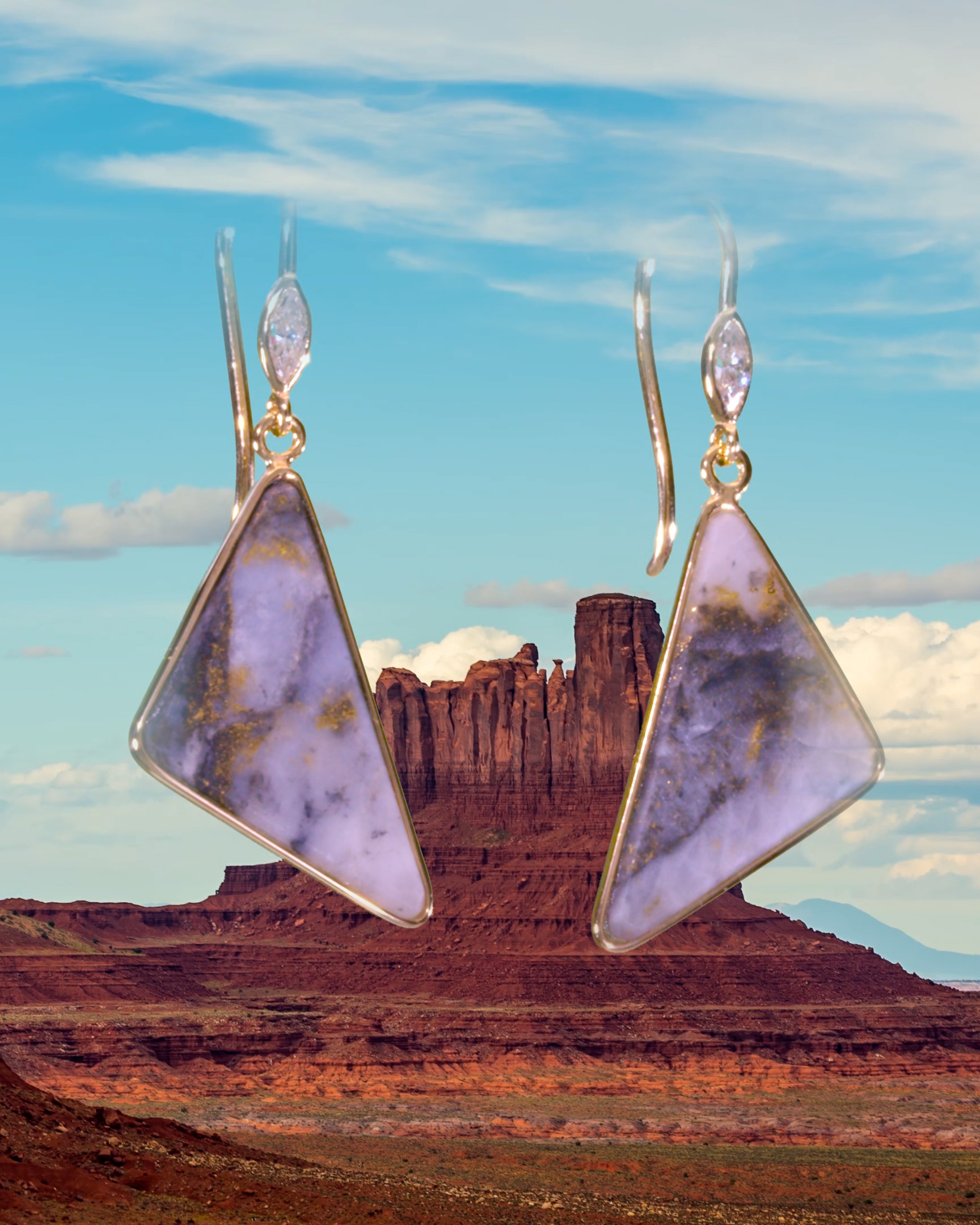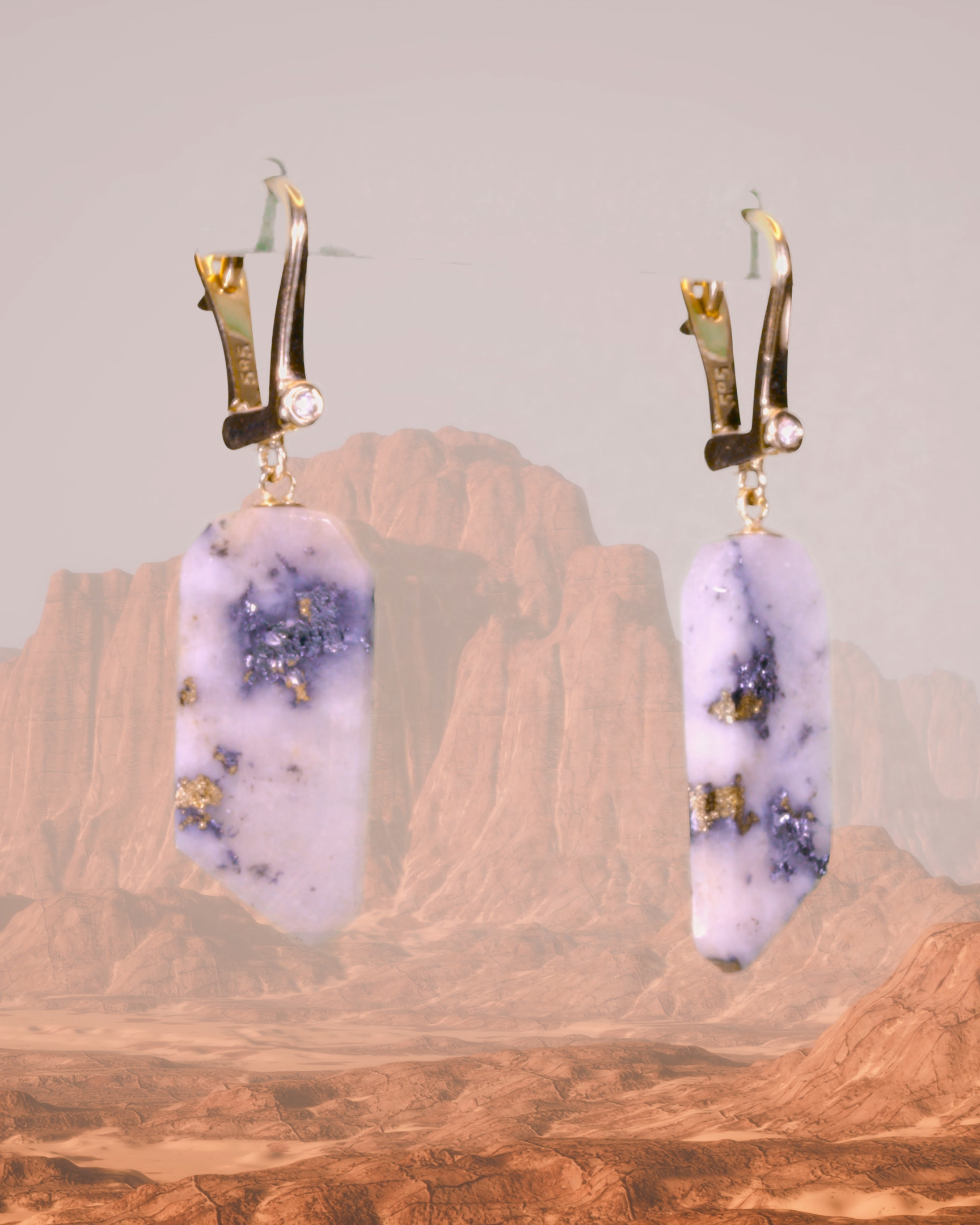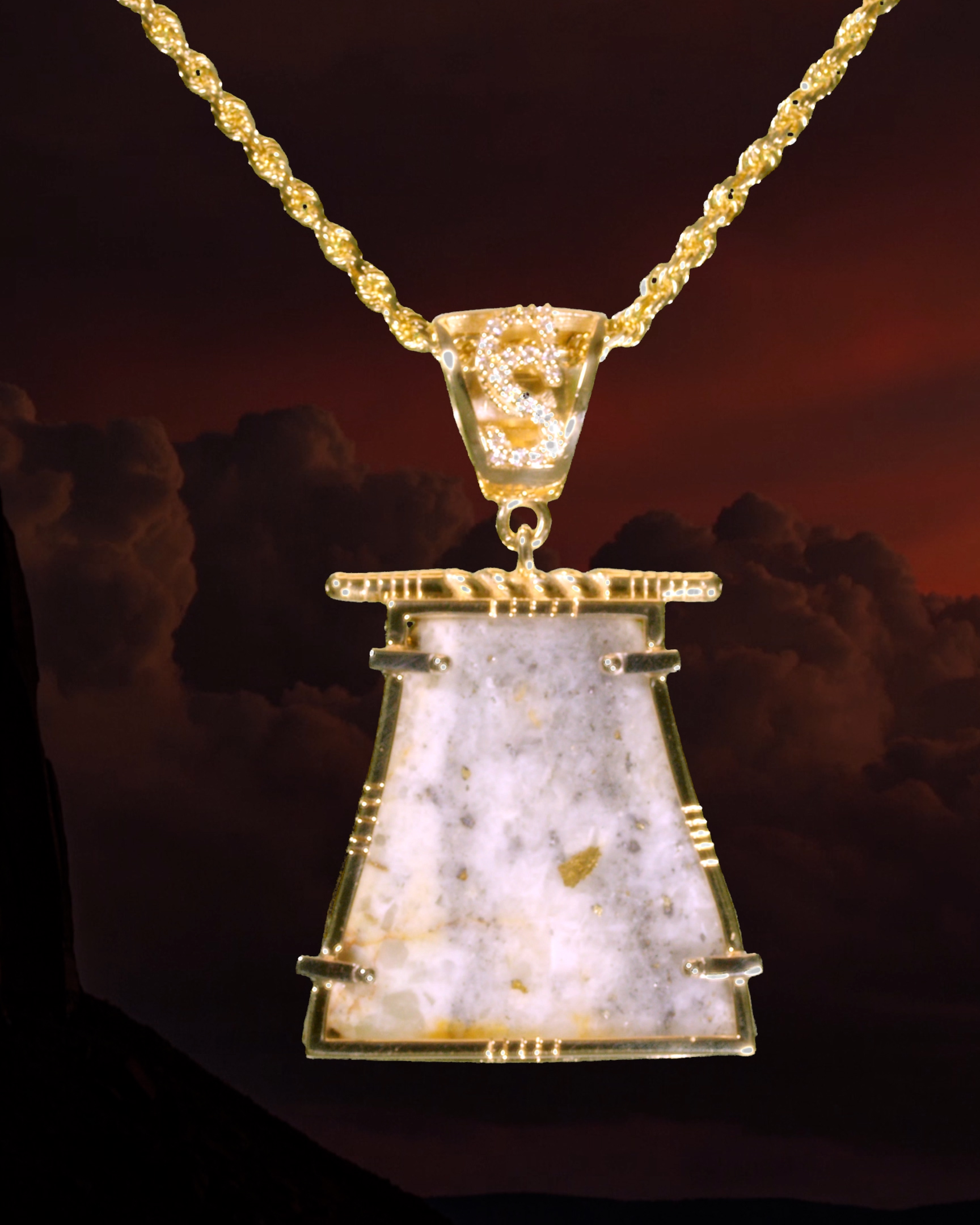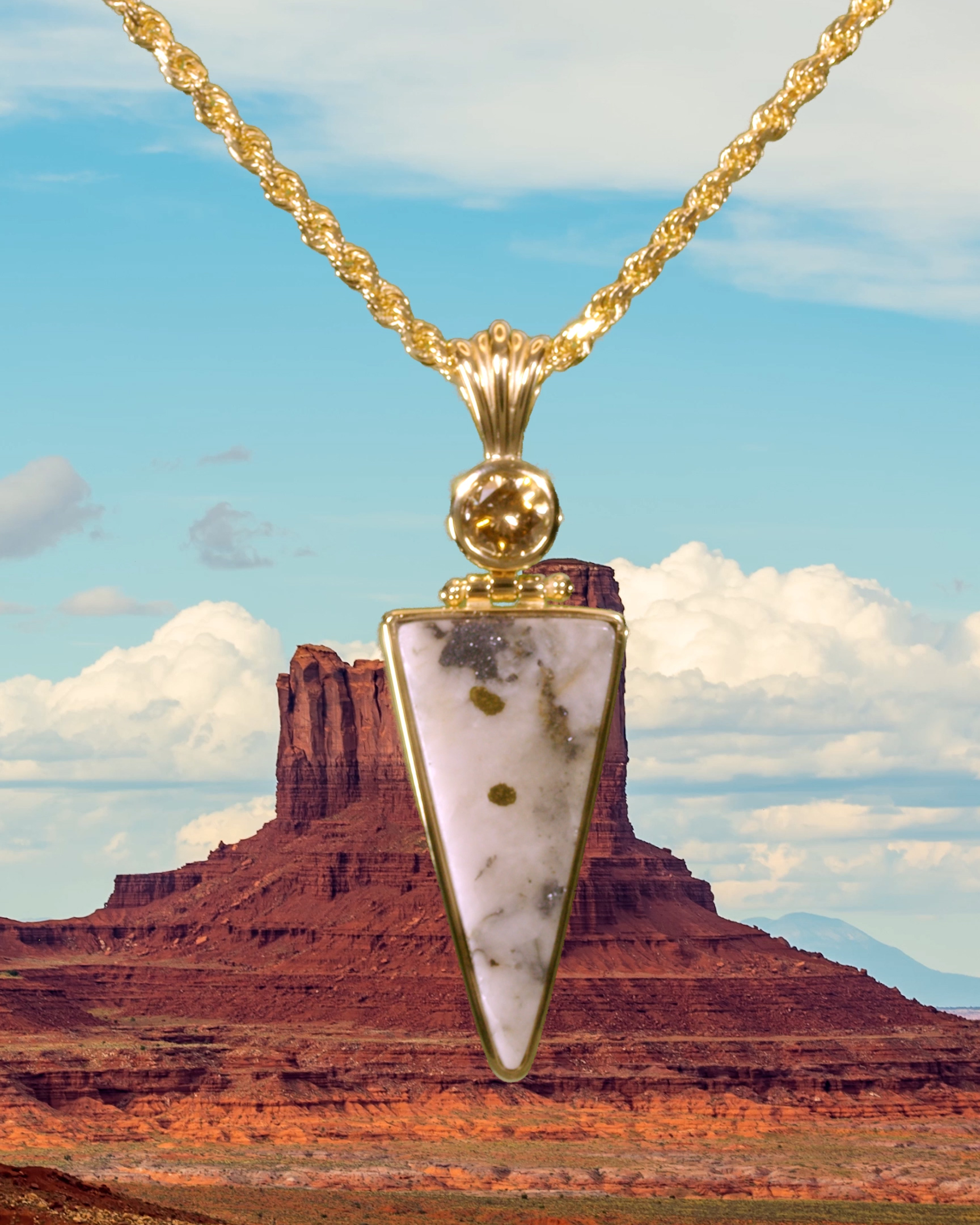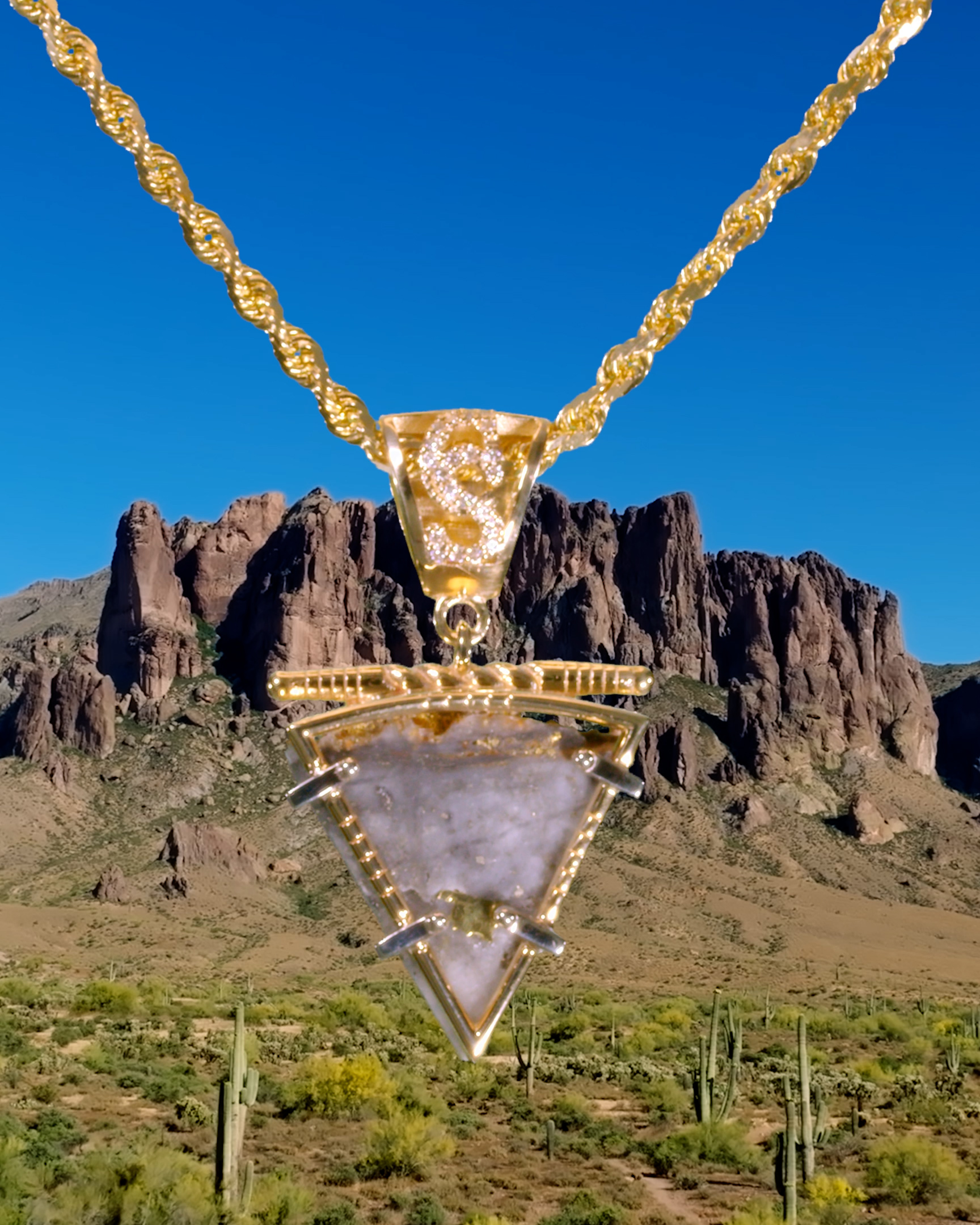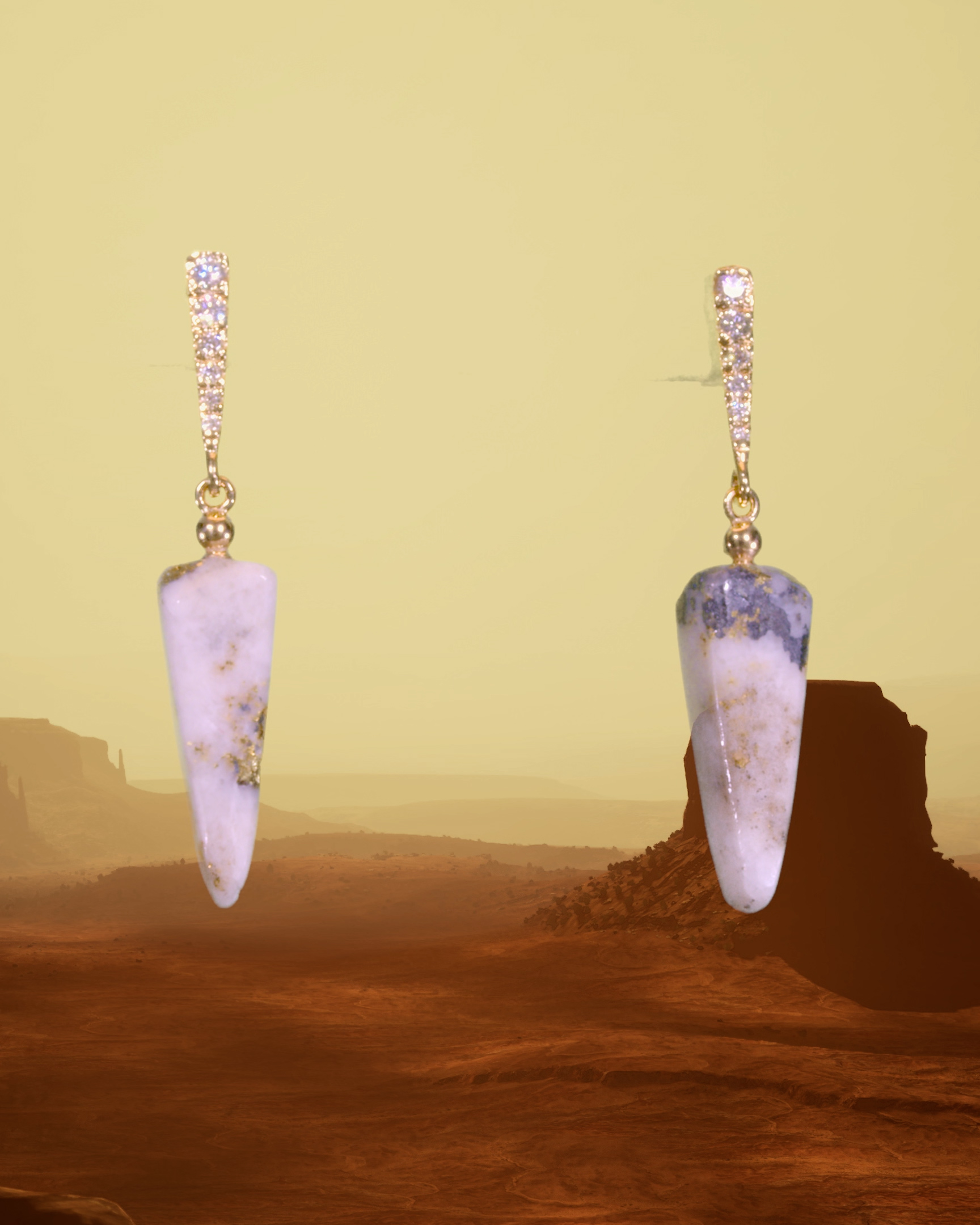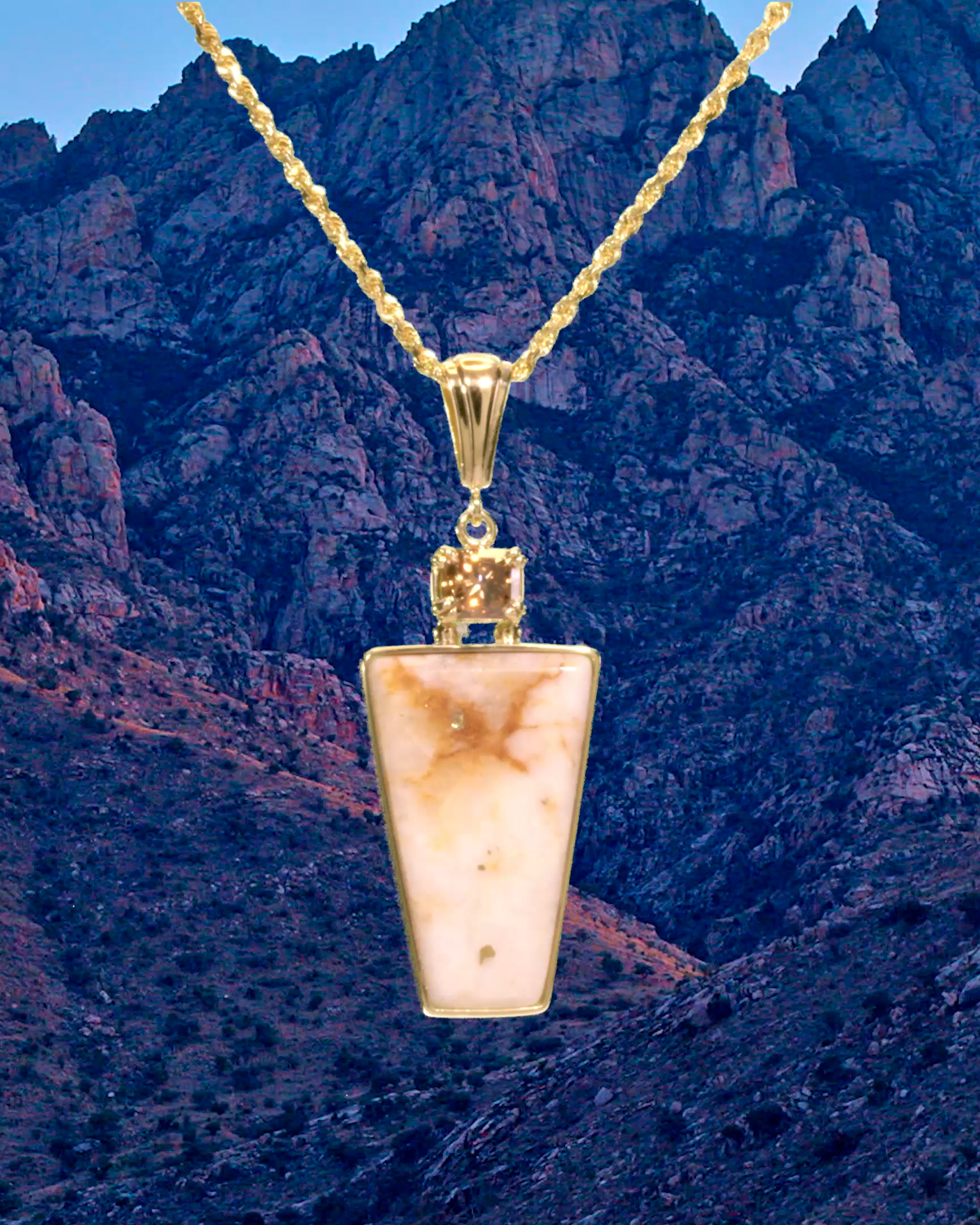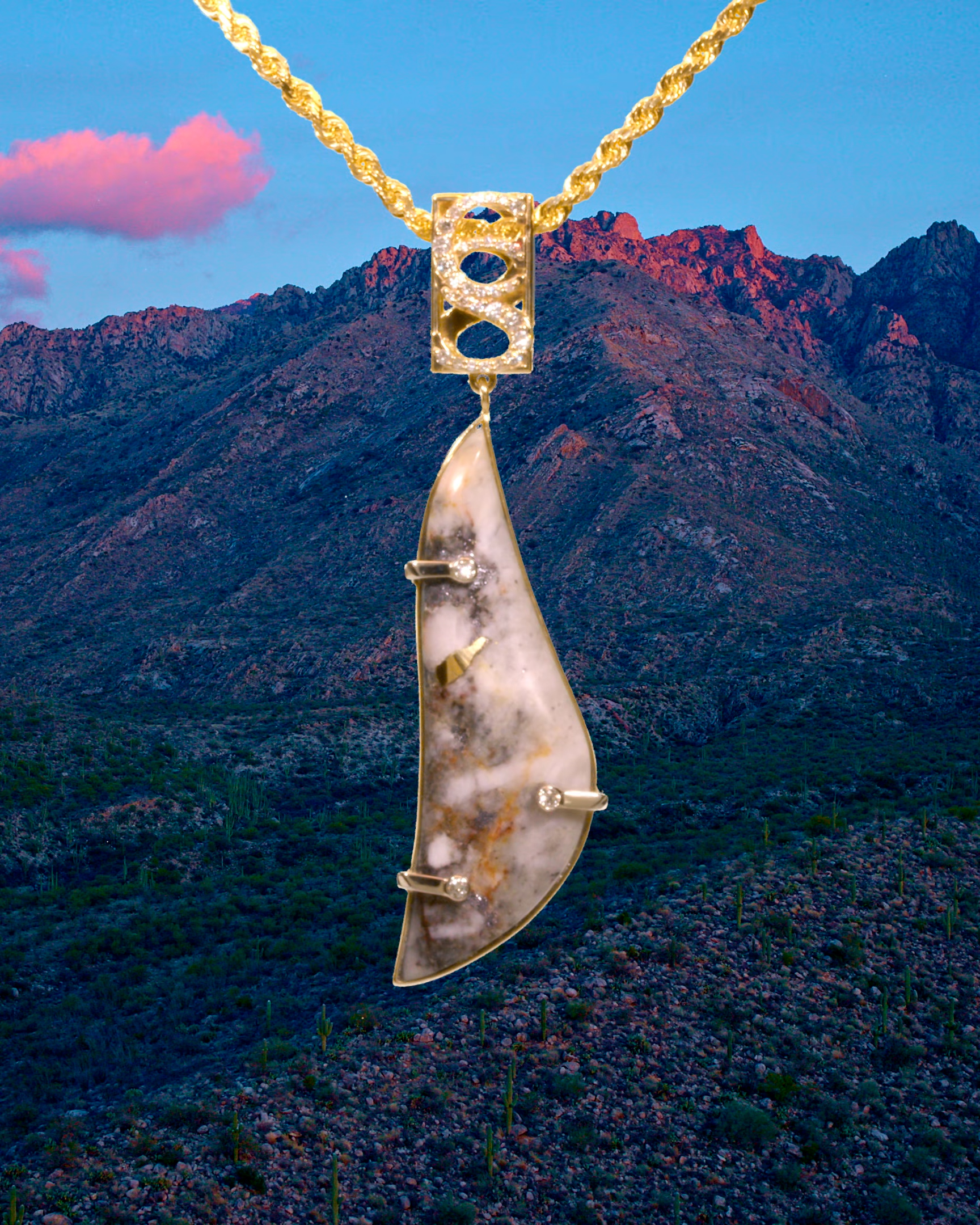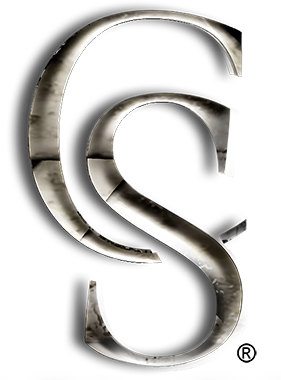It all started in the Santa Catalina Mountains, clearly visible and beautiful from the Tucson, Oracle, and Oro Valley area.
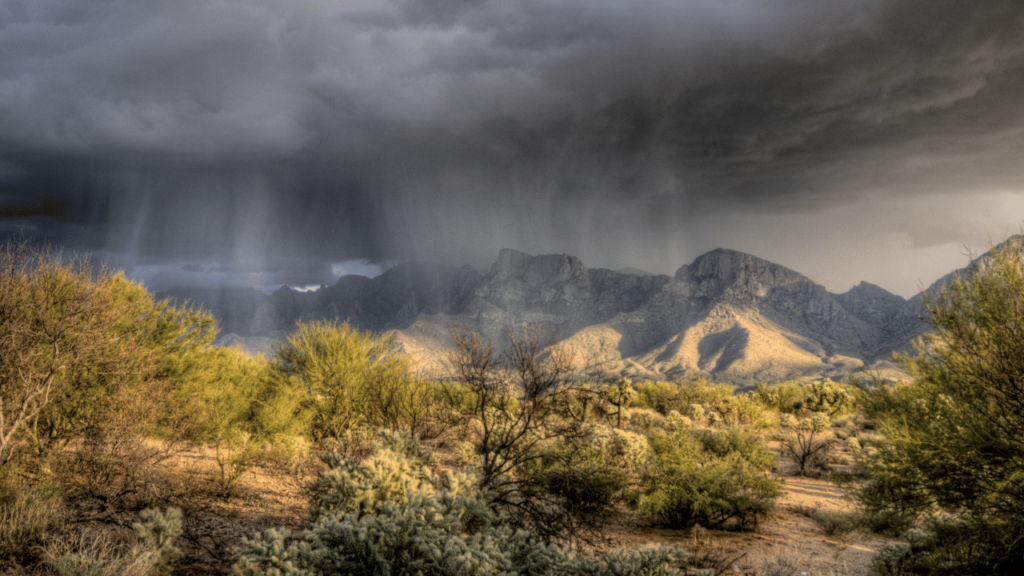
This is where William Frederick Cody’s mining interests started. Mr. Cody, most well known by the name of Buffalo Bill, the most famous American buffalo hunter, U.S. Army scout, Pony Express rider, Indian fighter, actor, and impresario who dramatized the facts and flavor of the American West through fiction and melodrama. He obtained this name when he shot the most Buffalo to feed the men working on the US railroad.
Buffalo Bill’s Cody Stone Mining Interests
William Frederick Cody’s mining interests peaked in 1895 when he was invited by his entrepreneurial Scout friend William Neil to check out the mining possibilities in the Santa Catalina Mountains.
There were currently some men mining a claim in the area. The area was known as The Old Hat District. The legend states that the area was named this when someone found an old hat in the district they were mining. Buffalo Bill was seeing with his own eyes the potential for money to be made.
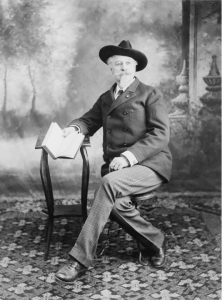
Santa Catalina Mountains and Buffalo Bill’s Cody Stone
In 1897 William Cody financially backed his Scout friend in the building of the Mountain View Hotel in Oro Valley. While visiting, he continued to analyze and consider the possibilities of mining for abundant precious metal and mineral deposits that may be in the Santa Catalina Mountains. Specifically The Old Hat District.
William Frederick Cody (Buffalo Bill) partnered with an old friend Colonel Dyer in 1902, and they staked a claim at Campo Bonito in The Old Hat District. After drilling for seven months, 24 hours a day, they found a huge gold vein. The Cody-Dyer Mining and Milling Company was formed.

Cody Stone Included Gold Veins
In his own hand, William wrote a letter to his sister Julia in the Spring of 1903 stating, “found mines better than they expected.” It didn’t take long for the mines to start paying out.
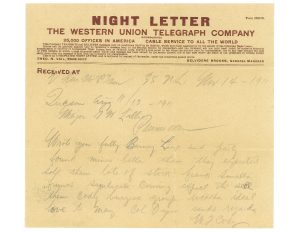

Cody Tunnel Held Veins of Quartz Containing Eleven Precious Metals
As the mining continued nonstop, many roads and rail lines were installed as wagons of Cody Stone were constant. A mill was built, as well as a mess hall. Cody also obtained water rights to a creek nearby. The acreage of land owned by the Cody-Dyer Mining and Milling Company continued to grow fast and furious. Several claims existed with various veins of precious metals and minerals. The Cody Tunnel held veins of eleven metals in the ore body. Significantly gold, silver, copper and tungsten.
Cody made a deal with his friend Thomas Edison in 1911 to purchase high-grade Tungsten. This high-grade Tungsten was used to replace the carbon filaments in commercial lightbulbs that lit the world to this day and boosted the industrial revolution. Two additional forty-ton mills were built. Tucson became the largest shipping point for the Tungsten purchased from Cody-Dyer Mining and Milling Company.
Colonel Cody spent the Winters in Oracle to watch over his mines. He often stayed near Campo Bonito while his wife Louisa stayed at the Mountain View Hotel.
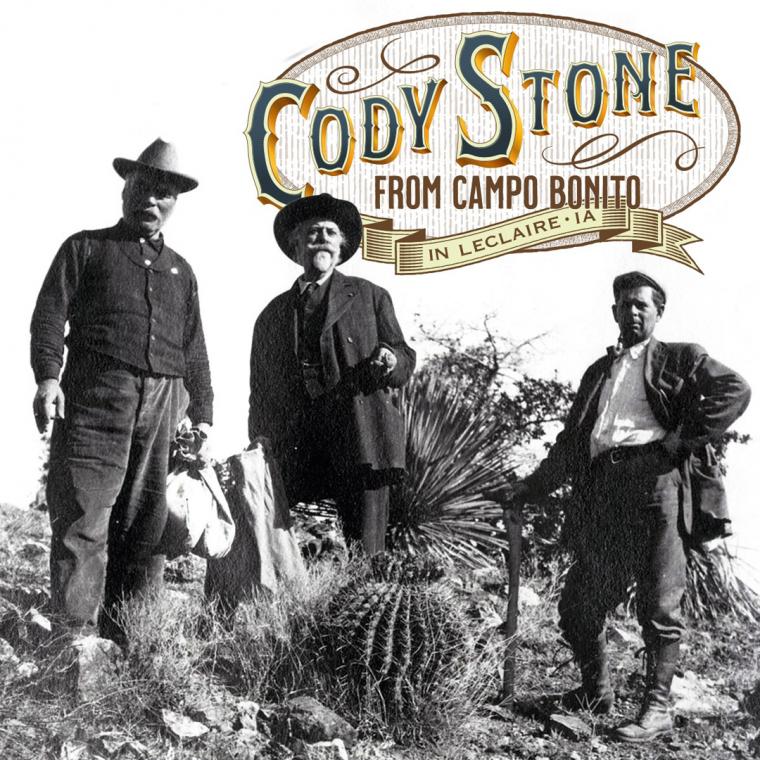
Credit: Buffalo Bill Museum LeClaire, Iowa
Gretchells Frauded Buffalo Bill Cody
In the Spring of 1912, Colonel Dyer sent a first-class bookkeeper to the mines to watch the store. William Cody and Colonel Dyer had long suspected that their employees were stealing from them by making fraudulent transactions and stealing precious metals from the mines. It was then that the fraudulent transactions and stealing were sprung on the Getchells.
The Getchells acting as agents, would purchase property and equipment, stating to Cody and Dyer that the cost was twice the actual amount. The Getchells would pay for the property and equipment while retaining half of the money for themselves.
They had to give the money back as well as all of the stock old man Getchell owned in the Cody-Dyer Mining and Milling Company. Getchell also had $20,000 worth of oil stock that he gave up. Cody and Dyer then discharged every man (45 miners) that the Getchells had brought to the mines.
Cody-Dyer Mining & Milling Company Purchases Nearby Mines
In the summer of 1912, the Cody-Dyer Mining and Milling Company purchased the nearby Southern Belle Gold Mine, Morning Star Mine, and the Maudina Mine. They installed a forty-ton mill to process the ore from the newly purchased mines.
A short time later, Cody also filed a claim on the High Jinks Gold Mine. The Cody-Dyer Mining and Milling Company now owned no less than 45 claims.
Buffalo Bill Was Nothing Less Than a Hero to Children
Buffalo Bill played Santa Claus to 200 miners’ children in December 1912 that he had gathered in from 50-100 miles around the recesses of the Santa Catalina Mountains. Cody claimed in his scrapbook that the big show of the children’s happiness was the most important to him. He was never less than a hero to children, always keeping promises to them.
Colonel Dyer passed away after an extended illness shortly before Christmas 1912.
In December 1916, Colonel Cody made one last performance, entertaining the orphan children of Oracle, Arizona.
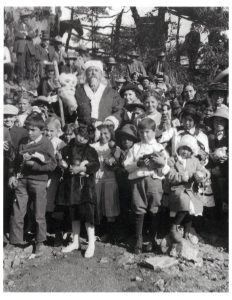
William Frederick “Buffalo Bill” Dies in 1917
What happened to Buffalo Bill Cody?
The mines continued to prosper, fetching $2,000 a ton in precious metals. William Frederick “Buffalo Bill” Cody continued his mining ventures in the Santa Catalina Mountains and enjoyed life on this earth until his death caused by kidney failure on January 10, 1917.
He passed away in his sister’s home located in Denver, Colorado. He is buried on Lookout Mountain in Golden, Colorado.
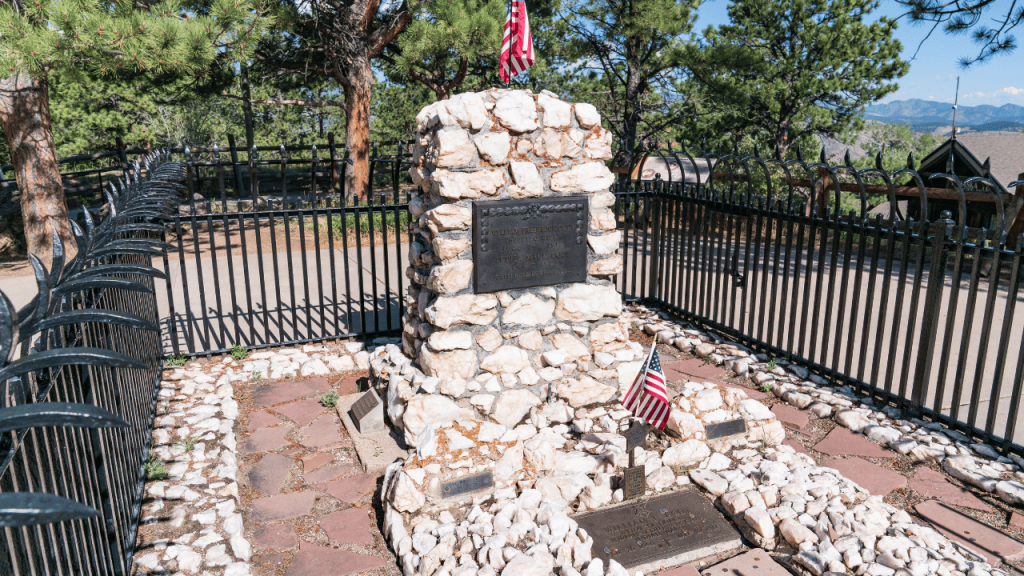
Buffalo Bill’s Cody Stone Useful Links and Additional Information:
https://www.buffalobill.org
https://www.oupress.com
https://centerofthewest.org
https://discover.hubpages.com
https://tucson.com/news/local/mine-tales-buffalo-bill-contracted-to-provide-oracle-area-tungsten-forthomas-edisons-lights/article_d443eb85-de45-5778
http://genealogytrails.com
https://libraries.unl.edu/archives-special-collectiions
https://history.arizona.edu/libraries-archives
Russell, Don. “The Lives and Legends of BUFFALO BILL”. Norman, Oklahoma. The University of Oklahoma Press. 1960 Cody Wetmore, Helen; Grey, Zane. “Buffalo Bill Last of the Great Scouts”. Lincoln, Nebraska. The University of Nebraska Press 2003 Carter, William “Flint”. “The Canyon of Gold Buffalo Bill Cody & the Legendary Iron Door Mine Treasure”. Tucson, Arizona. BZB Publishing, Inc. 2014.
Buffalo Bill Museum in Leclaire, Iowa
